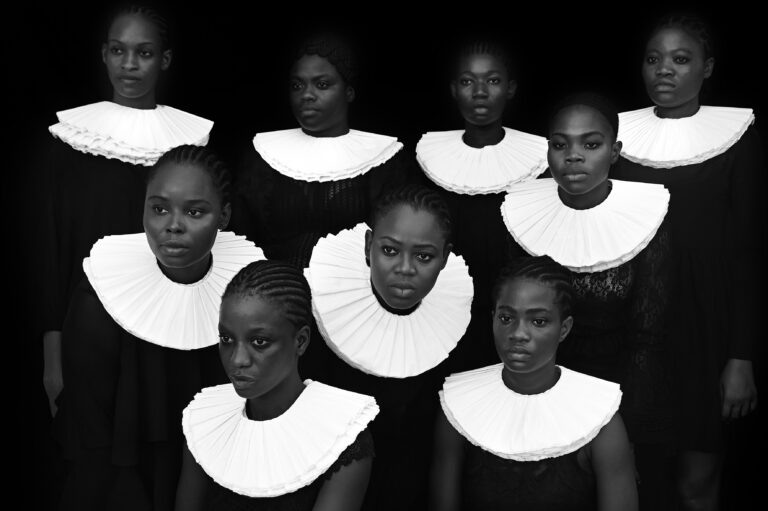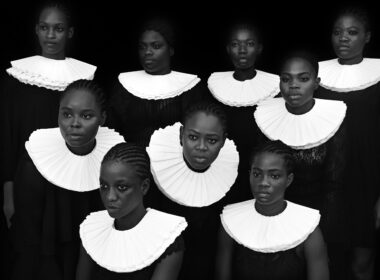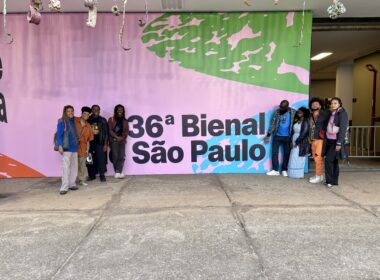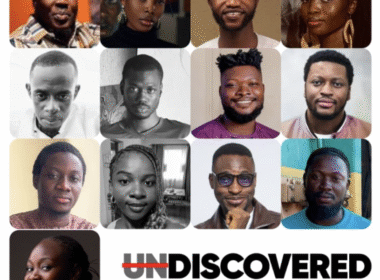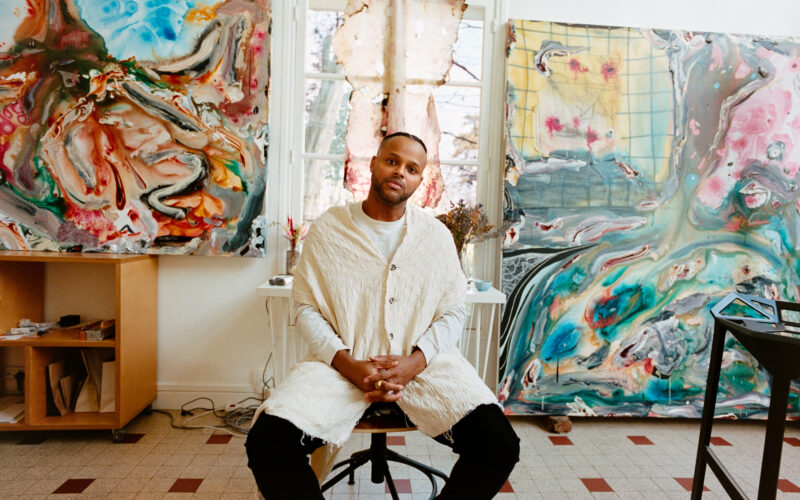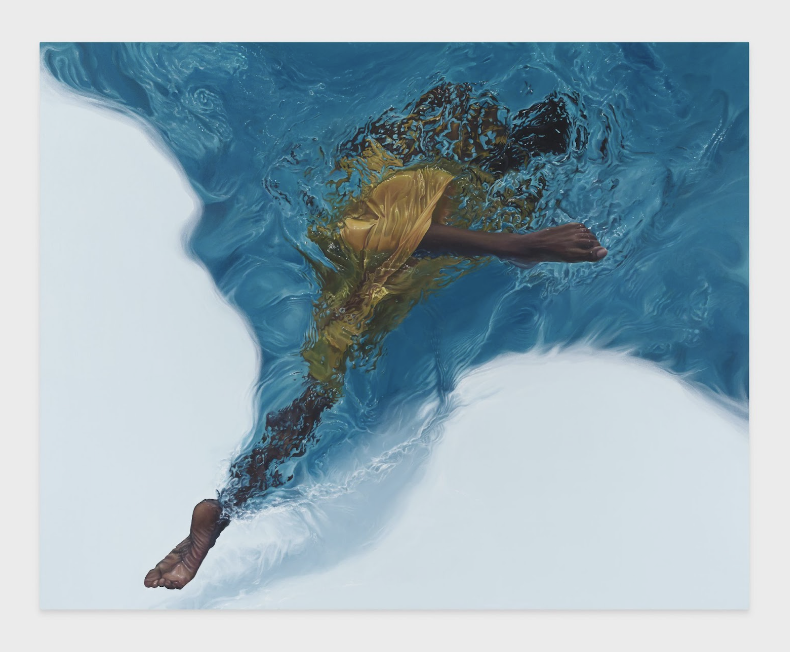Manuel Mathieu’s art urges viewers to reexamine their ideas about Haiti. The Montreal-based contemporary artist was born in Delmas, Haiti, and his multi-media art reflects his complex relationship with his home country. Mathieu’s exhibition opened on April 10th at The Museum of Contemporary Art (MOCA) in North Miami: Manuel Mathieu: World Discovered Under Other Skies and Dwelling on the Invisible.
The exhibit pairs photography, sculptures, mosaics, ceramics, and a video installation. Manuel says the exhibit is actually chapters in the same book that explore his understanding of Haiti’s past and present. I recently sat down with Mr. Mathieu to discuss his formative years in Haiti, the significance of his U.S. debut in Miami, and what he wants viewers to take away from his art.
MW: When did you become interested in making art?
MM: I was 14-15 years old. My mother is a collector, so I was always surrounded by art growing up. My father’s cousin, Mario Benjamin, is a well-known painter in Haiti; I met him at family gatherings and was very interested in what he was doing. He then started giving me catalogs and books, telling me to go to museums. He also introduced me to Western artists like Boltanski and de Kooning, along with local artists in Haiti.
MW: You moved from Haiti to Montreal when you were 19. How did you get plugged into the art scene in Montreal?
MM: When I arrived in Montreal, there weren’t any Black artists in any museums or galleries. When I got here, I earned a marketing certificate and then a bachelor’s degree, studying fine art at the Université du Québec a Montreal. After my bachelor’s, I started looking to show my work, but it was difficult because they [museums and galleries] weren’t very open to artists of color. I had my first important show at the MAI (Montreal Art Intercultural) in 2010 and after that; I left Montreal. Not only was I young, but I was also inexperienced in the eyes of the establishment. I left and studied in London, and when I returned in 2018, The Montreal Museum of Fine Arts acquired my work, and I became the first Haitian Canadian artist to get into the collection.
MW: What’s the significance of having your U.S. debut in Miami?
MM: It ties into the book I’m reading, Create Dangerously: The Immigrant Artist at Work. I’ve been in conversation with the author, Edwidge [Danicat] for some time, and this is a huge opportunity to connect with the Haitian community in Miami and talk about difficult subjects like Haiti’s dictatorship. The ability to have these conversations and have the museum so excited to address these things – I think it’s priceless.
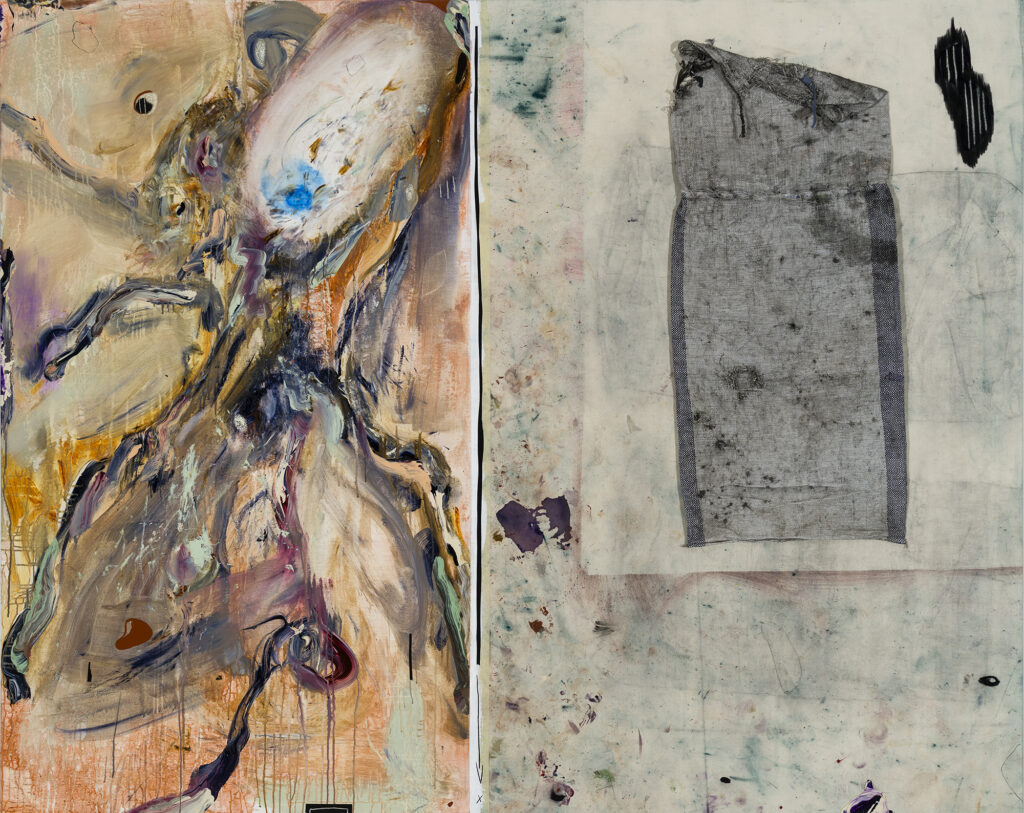
MW: Is there a particular piece that resonates with you?
MM: “The Sacred Burden” represents my relationship with Haiti, which is something very sacred, but at the same time, a burden because there’s so much suffering in this country. There’s also this other piece called DIFE, which is a video of a protest in Haiti where I’m considering our relationship with fire, how fire is present in our imagination, and how, through acts of destruction, fire can occupy a psychological space in our heads.
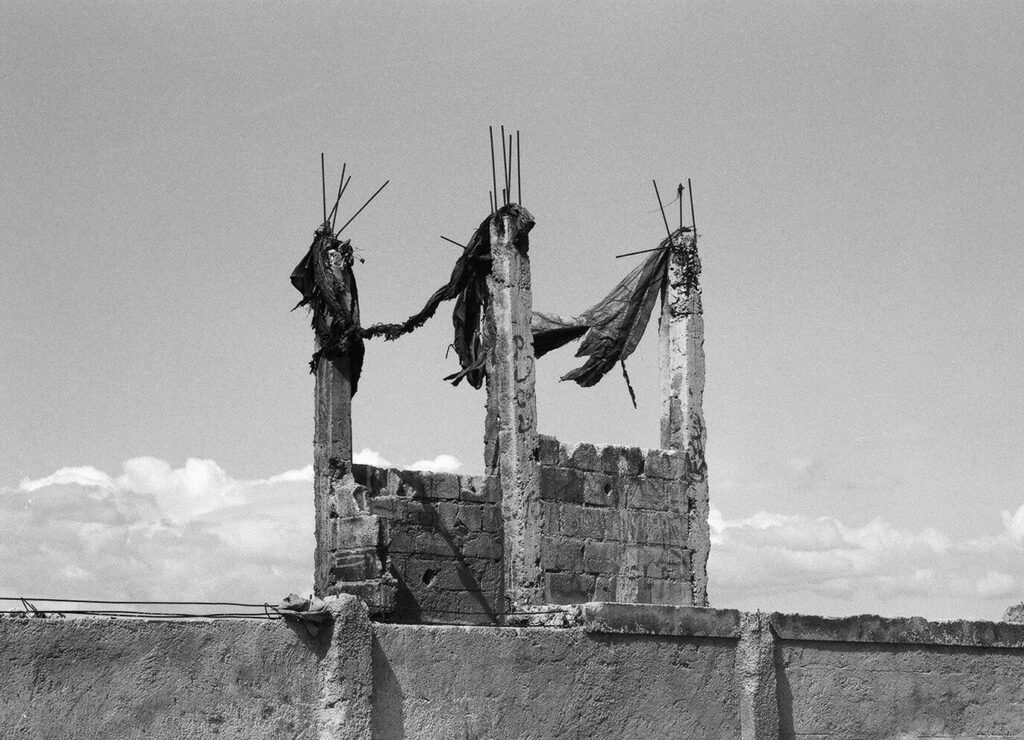
MW: Two pieces stood out to me. The first one is “Totem”, a photo of fabric clinging to the rebar of an unfinished, concrete structure. I’d love to talk about the symbolism behind that.
MM: This photo was taken almost 10 years ago when I was driving through Carrefour with my parents. I always have my camera with me and I saw this unfinished structure, which there’s a lot of in Haiti. There’s always this sense of things being unfinished. It’s not because I think that the country’s unfinished, but we’re still building ourselves. We’re still a young nation. I thought it could be a powerful image to talk about the country.
MW: The other piece that stood out was “Study on Death”. I want to talk about the fact that in most of your paintings, even though they’re abstract, I recognize faces. Is that intentional?
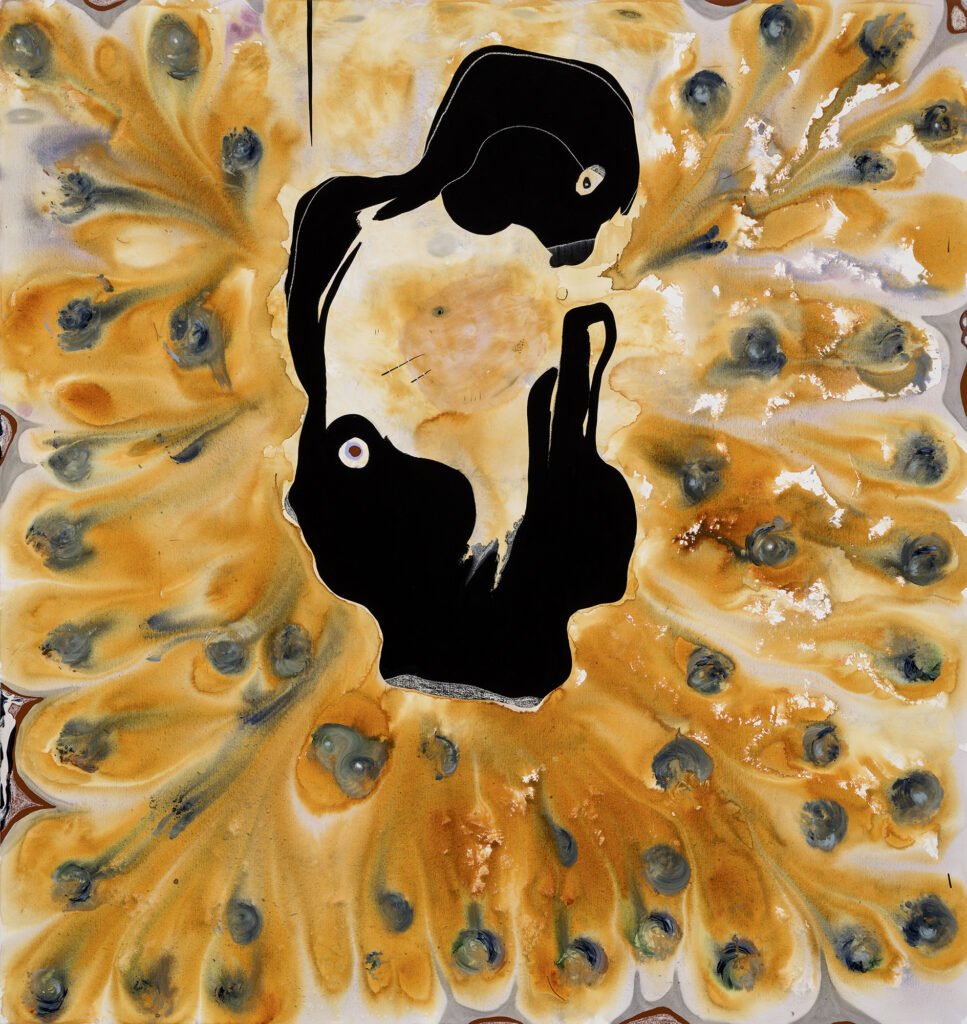
MM: I like to say that with abstraction, there are always some moments of figuration. Figuration is inside of abstraction. But yes, there’s a skull in “Study On Death.” The painting is like a flower. Before a flower starts fading, it reaches its peak of beauty, and I wanted to talk about this moment of going from one extreme to another.
MW: What are you saying about Haiti’s past, present, and future through these exhibitions?
What matters to me is to start a conversation with Haitians first because I want us to sit down with our complexities and our legacy. I want us to learn how to talk about it and learn how to cope with it to a certain point because this country went through a lot of traumas. There are a lot of things that we need to talk about. And I think this show is an opportunity for us to address certain moments of our past that we try to erase because it was traumatic. There were a lot of people who left Haiti around the dictatorship and they didn’t want to talk about the country anymore. The Haiti fascinates their kids, but they refuse to take them to Haiti or talk to them about it, which is the legacy of growing up in a traumatic environment or existing in a traumatic environment. I hope this show will create a space for intergenerational conversations.
MW: What is the experience that you’re hoping people will have when they’re interacting with your art in person?
MM: I want them to feel connected to some hidden part of themselves. You know, the parts that they sometimes don’t spend time with or that they don’t talk about. It’s a show that’s very complex and personal. Every piece comes from a place of vulnerability.
MW: For people who are unfamiliar with Haiti, what is a misconception that you want to address?
MM: A lot of people think that Haiti is all about fear, trauma, and pain. But I think with this show, people will understand that we’re much more complex. We have agency. We are very much aware of our legacy. This show doesn’t present Haiti in one light. There are many versions of Haiti in the show. I think that’s important to underline. This show presents the psyche of someone with a profound relationship and connection to this country.
